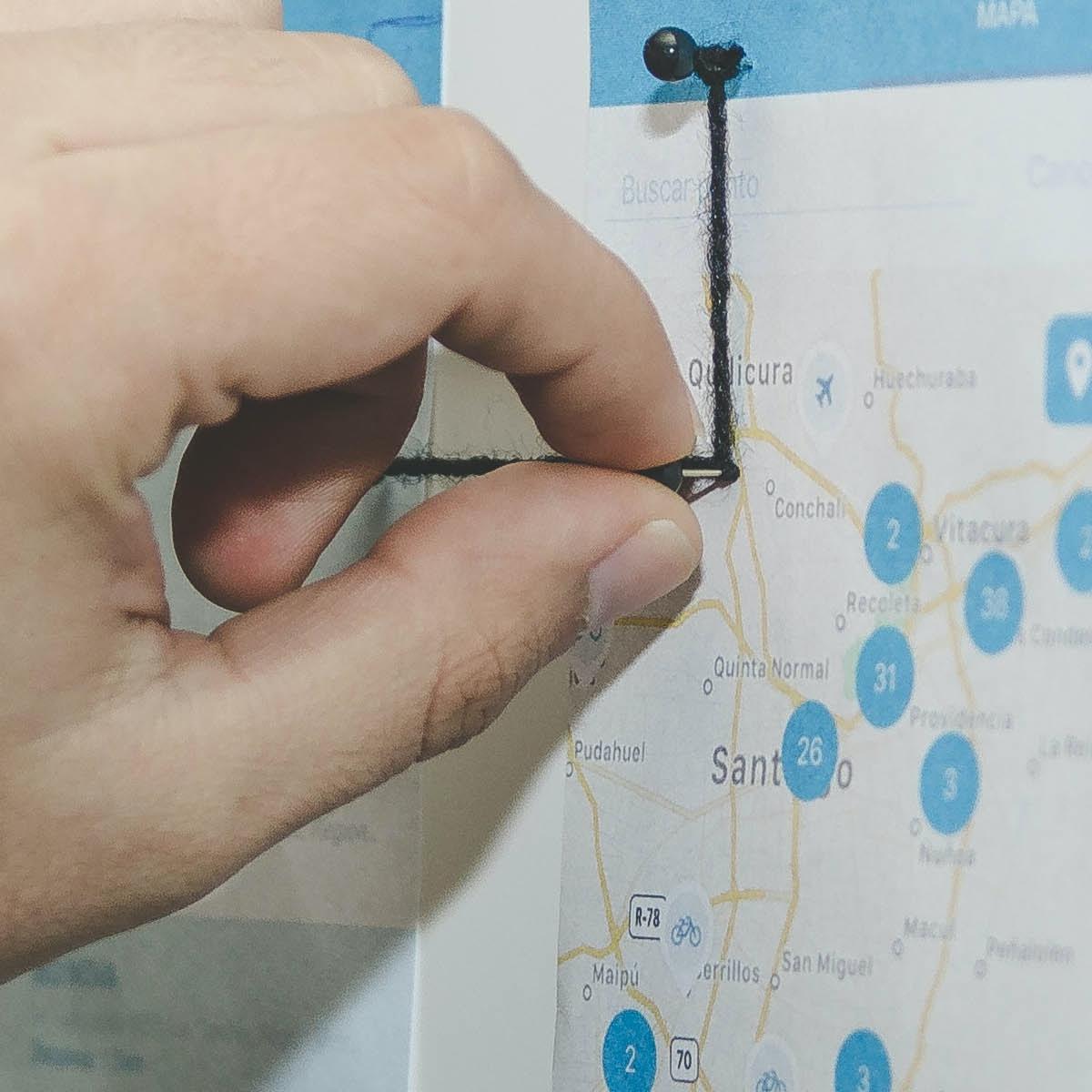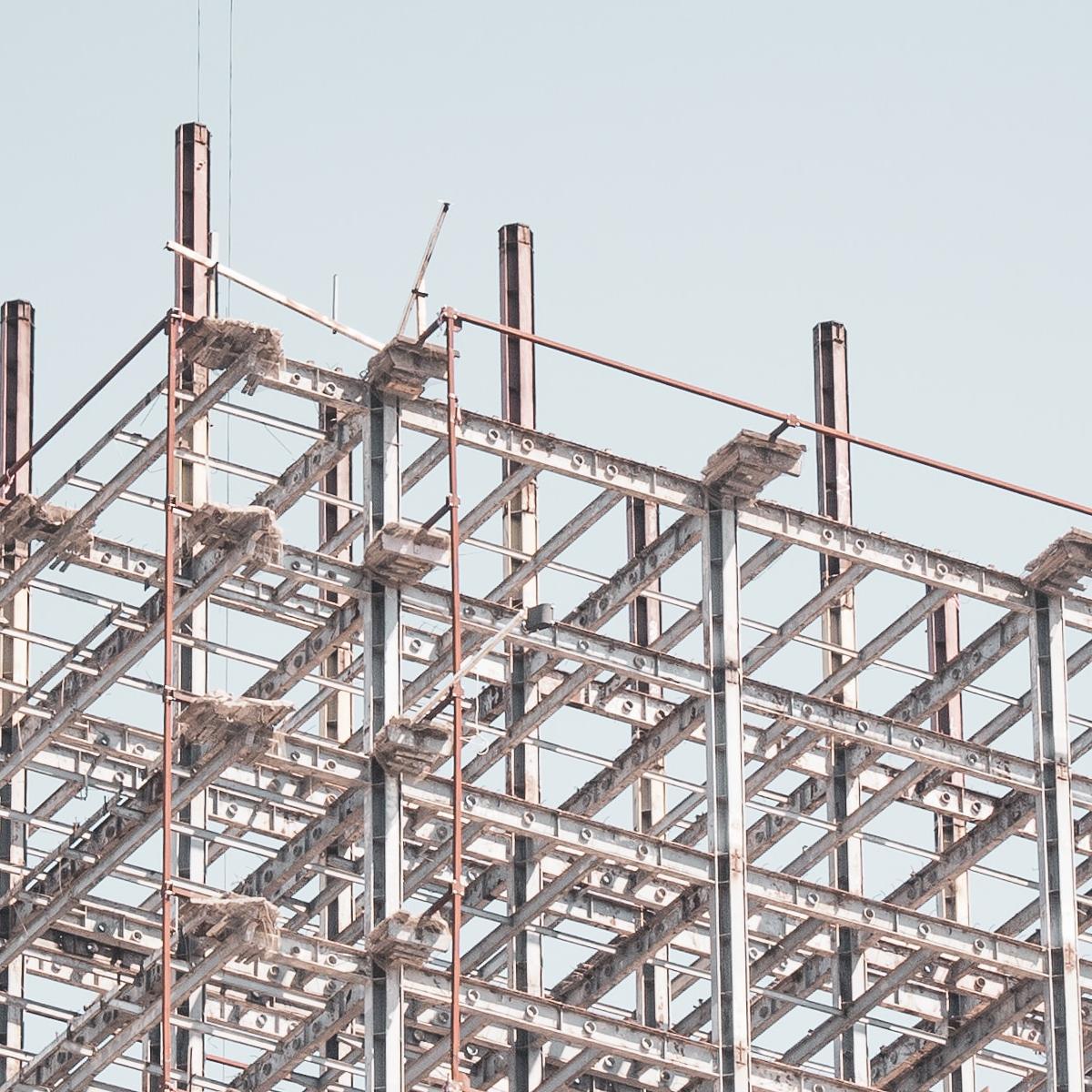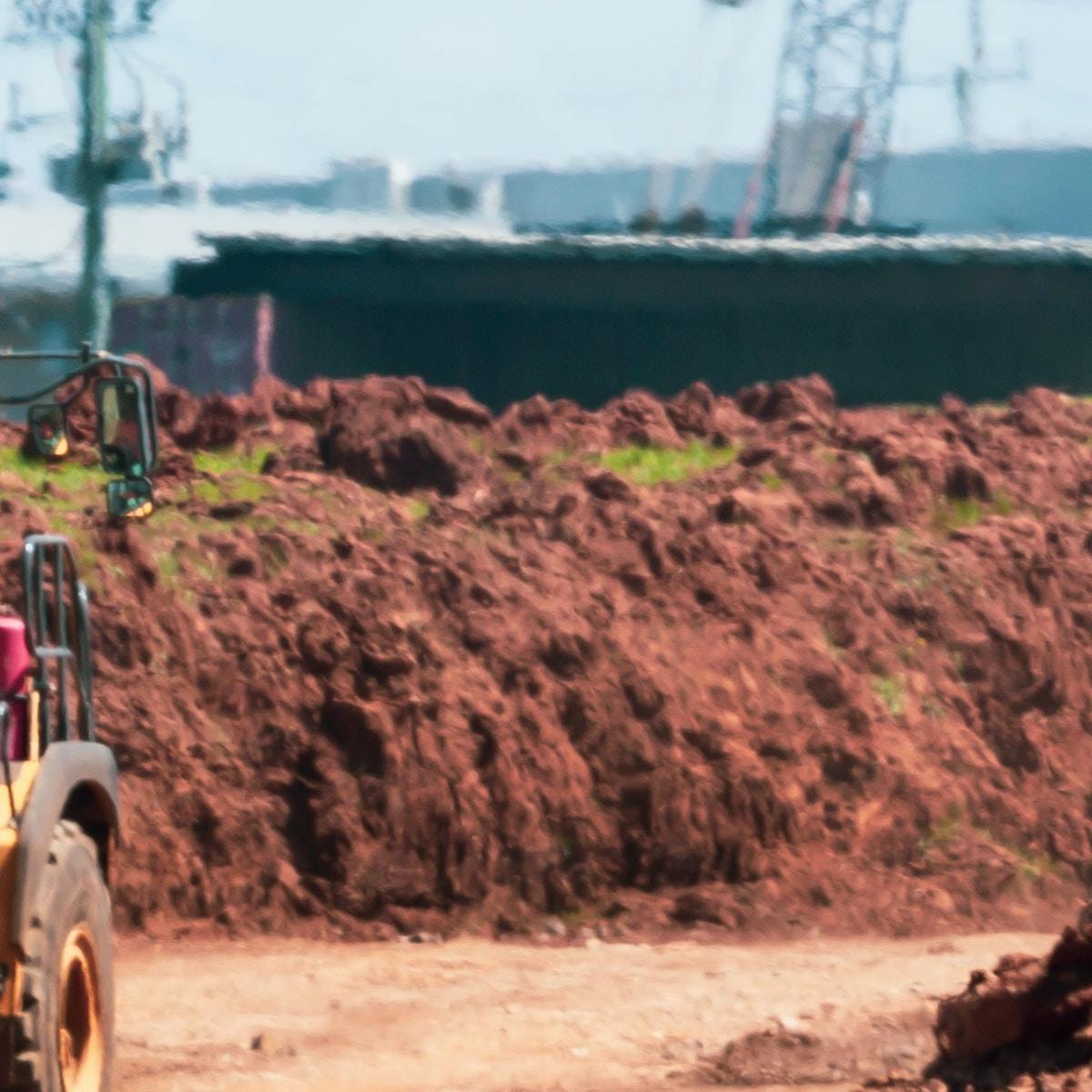Implementation
Before the assessment begins, the team, scope, and timeline need to be confirmed.
Desk review
The first step is to complete a desk review where the necessary key data and information for the use of the tool and the completion of the analysis is identified and collected.
Two checklists are available to implement the desk review and to map:
- The context analysis
- The enabling environment

Data Collection Checklist (1) The context analysis
Data Collection Checklist (2) The enabling environment
Stakeholders analysis
The second step is to identify the critical stakeholders who should be interviewed as part of the assessment. This helps to identify the stakeholder interests in advancing sustainable construction, material policies and how they can influence the outcomes in this policy area.
- It is the first step before mapping the stakeholders.
- It maps the stakeholder interests and influences so that specific stakeholders can be targeted for interviews.
It helps identify the governing bodies, their roles, coordination mechanisms, key policies, laws and regulations that structure the building sector and decision-making processes.

Stakeholder Mapping
(1) Suggested stakeholders
(2) Listing
(3) Mapping
Government processes analysis
The third step to be completed parallel to the stakeholder analysis is a mapping of government decision-making processes to understand the path that all infrastructure projects must go through throughout their lifecycle.
The aim of this government analysis is to identify timeline, decision making processes, entities involved and possible gaps for improvement.

Interview
The fourth step helps create questionnaires for interviewing key stakeholders that had been previously identified to confirm assumptions and findings and collect missing information. In addition, conducting interviews offers a more nuanced understanding of the context and the enabling environment.

Interview Guidance
Descriptive analysis
The fifth step structures a descriptive analysis through question tabs. This helps pinpoint critical indicators and measure the "status" and "effectiveness" of the assessment.
The descriptive analysis consists on:
- 7 enabling environments
- 10 building lifecycle phases.

Questions (x10 tabs)
Exploratory and causal analysis
The sixth step follows the answering of the descriptive analysis questionnaire (step 5) Once the questions have been answered,the tool automatically generates graphs. These charts or diagrams support transversal analysis and trend identification per domain of analysis and are the base for a tailored analysis of the country status quo and forecast.

Diagrams for Enabling Domain Analysis
Assessment reporting and roadmap creation
The seventh step consists of a base report structure that helps to develop a detailed report towards the country's roadmap creation.

Report Structure
Implementation of the roadmap
The eighth step follows the initial assessment and generation of the roadmap. The overal objective of the previous steps are to set the base towards the implementation of the roadmap.
Endorsement of the pertinent authorities. - Identify the actionable activities and an implementation strategy
- Set up indicators and monitoring strategy.
- Create a monitoring deadline

Reassessment
The final step is to reevaluate and conduct the assessment again as a monitoring tool towards achieving the targets. The process for the reassessment focuses on:
- Updating the “Descriptive analysis tool” step 5.
- Conducting additional interviews and consultation to the stakeholder and experts.
The end goal of the reassessment is to evaluate the performance after the initial assessment, identify new activities for implementation and conduct a re-prioritization of the actions looking forward to progressing in the objectives of the roadmap.
